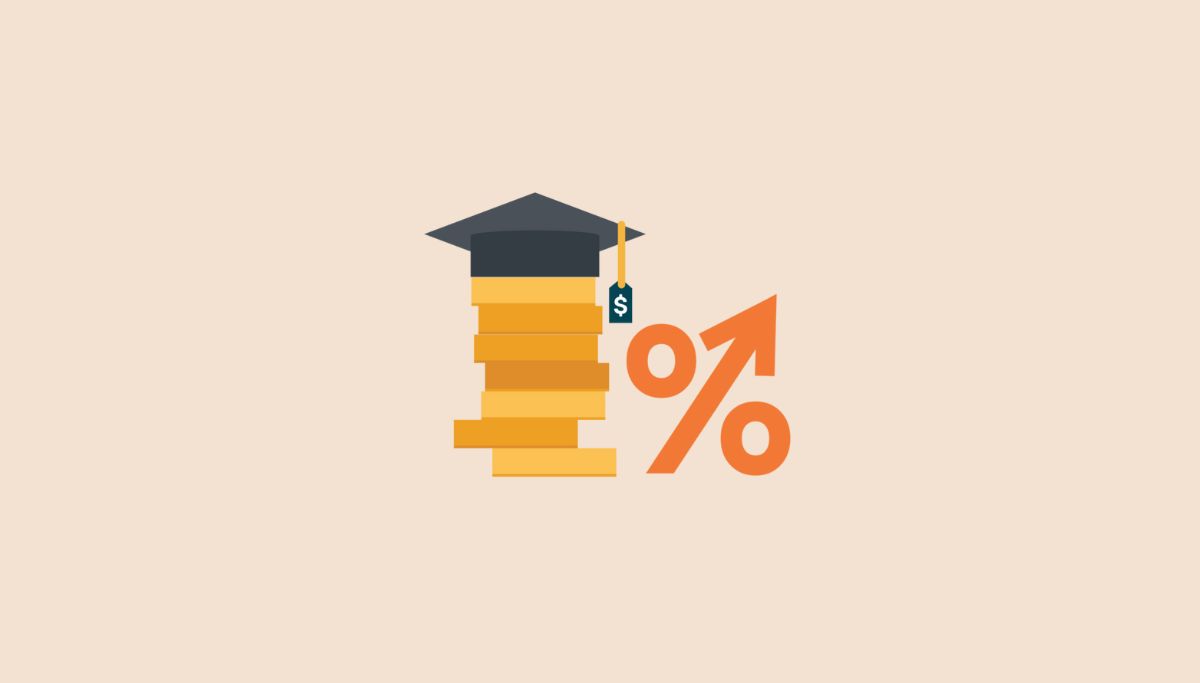Graduate subsidized loan for school is, however, no longer available. In 2012, the Department of Education ended its interest subsidy programme for graduate students, but it is still accessible to undergraduates in economic need.
You can still obtain unsubsidized federal loans if you’re pursuing an advanced degree. There are other options for reducing the amount of interest you pay throughout repayment.
For graduate school, taking out subsidized graduate student loans is no longer an option. A government student loan subsidy, on the other hand, isn’t the only method to pay less interest on student debt. Here are a few strategies to cut your borrowing costs for an advanced degree:
1. Prioritize Federal Student Loans With Low-Interest Rates | Graduate Subsidized Loan
Direct Unsubsidized Loans for Graduate and Professional Students and Grad PLUS Loans are two types of federal student loans available to graduate students.
These loans can only be obtained after the FAFSA (Free Application for Federal Student Aid) has been completed (FAFSA).
Terms for the years 2021-2022 Grad PLUS Loans are unsubsidized loans for graduate and professional students.
- 5.28% & 6.28% interest rate
- 1.057% & 42.2% loan fee
- 42.2%
- The maximum graduate student loan amount is $20,500 each year.
- After another financial aid has been applied, up to the cost of attendance
- Fees on a $20,000 loan are $211 $846.
- Interest charges on a $20,000 loan over a ten-year period are $5,785 and $6,984, respectively.
One grad school loan option is substantially cheaper than the other, as seen above. Unsubsidized Direct Loans feature lower interest rates and costs than graduate subsidized loan
Grad PLUS Loans, on the other hand, enable the students to borrow up to the cost of attendance for their programme, up to a maximum of $20,500 each year. Grad students should, however, borrow the maximum amount allowed through Direct Unsubsidized Loans before relying on Grad PLUS Loans to fund their education.
2. Look Into Private Student Loans To See If You Can Get A Lower Interest Rate | Graduate Subsidized Loan
Rather than using Grad PLUS Loans, many graduate students choose private student loans. With private student loans, you can likely get a reduced interest rate if you have strong or excellent credit (or a cosigner who does).
Look into private student loans to find which ones have the best rates. You can also acquire private student loan rate quotations from lenders who don’t run a hard credit check. They’ll provide you with personalised private student loan offers that you can compare to Grad PLUS Loans — all without affecting your credit.
Some lenders specialise in assisting students pursuing postgraduate degrees in specialised disciplines.
Unsure of which loans to get? Get a FREE consultation by filling the form in this blog!
3. Pay Off Graduate School Loans As Soon As Possible | Graduate Subsidized Loan
Prepaying your student debt is another strategy to lower interest costs on graduate school loans. In other words, pay more than just the minimum monthly payment on your student loans.
Making delayed student loans while you’re in school could be an option. Once your loan is in repayment, you may want to make extra payments each month to avoid interest costs.
You’ll pay off your debt faster if you pay more than the minimum payment each month. You’ll also save money on interest.
You may also like: Best ways to pay off student loans quickly
4. Refinance Once You’ve Paid Off Your Debt
Even if you don’t have excellent credit or aren’t now eligible for cheap private student loan rates, you should consider this alternative. If you refinance your student loans after earning your postgraduate degree and landing a high-paying job, you can get a better rate.
After graduation, refinancing your student loans could save you hundreds of dollars in interest over the course of your debt. You may now pay for graduate school with the finest choice available, whether it’s government or private student loans.
Consider refinancing your student loans after you graduate to see if you may save money and pay less. Simply be aware of the benefits and drawbacks of refinancing, such as the possibility of losing federal loan repayment safeguards.
While a subsidised loan for graduate school is no longer an option, there are lots of other options for funding your next degree. You may save money on student loan interest if you shop around, examine your options, and keep refinancing in mind.
—
If you liked reading this blog on “Can You Get Graduate Subsidized Loan For School?” then make sure you check out our other informative blogs linked below!










0 Comments